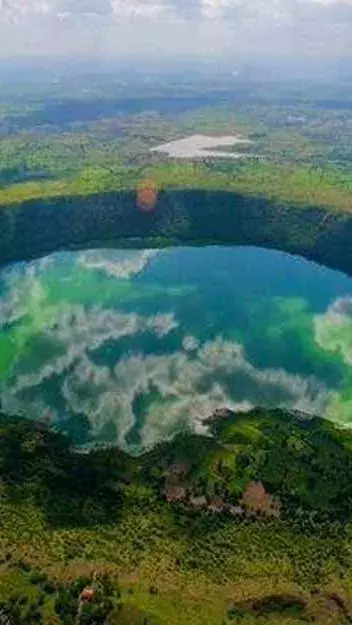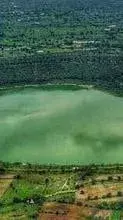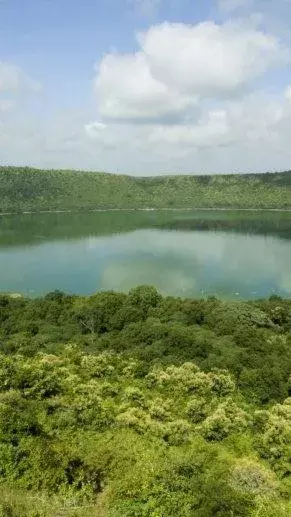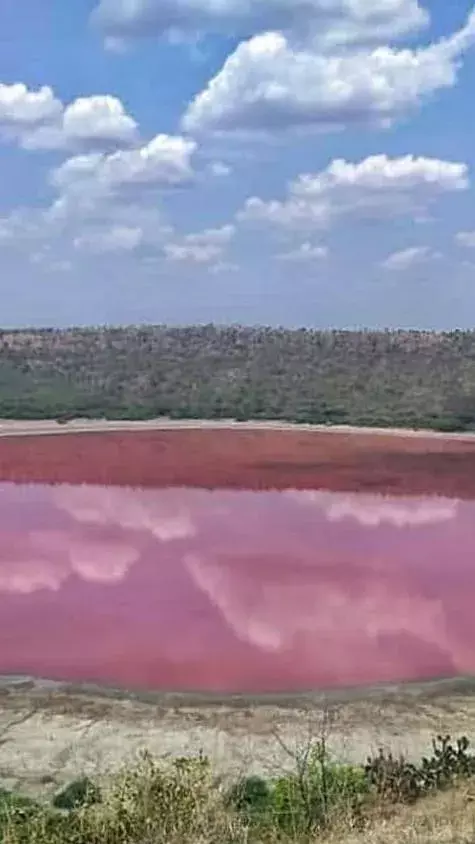
7 Lesser-Known Facts About Lonar Lake: A Meteoric Marvel

Lonar Lake was formed by a high-velocity meteor impact about 52,000 ± 6,000 years ago. It is one of only four known hyper-velocity impact craters in basaltic rock anywhere on Earth, making it a unique geological feature.

The lake's water is both saline and alkaline, a rare combination. The pH levels of the water vary, contributing to a diverse ecosystem of flora and fauna that have adapted to this unique environment.

Despite its harsh conditions, Lonar Lake supports a variety of microorganisms, including some that are not found anywhere else in the world. The lake's ecosystem has been a subject of study for astrobiologists and geologists.
Lonar Lake has been mentioned in ancient texts like the Skanda Purana, the Padma Purana, and the Aaina-i-Akbari. These references highlight its historical and cultural significance over the centuries.
Researchers have discovered that there are magnetic anomalies around Lonar Lake. Compasses show a slight deviation when placed near the lake, possibly due to the impact event altering the local magnetic field.
The area around Lonar Lake is dotted with ancient temples, many of which are in ruins. The most notable is the Daitya Sudan Temple, dedicated to Vishnu, which showcases Hemadpanthi architectural style and adds a historical dimension to the site.
The appearance and characteristics of Lonar Lake change with the seasons. During the monsoon, the water levels rise, and the lake appears more vibrant, while in the dry season, the water recedes, exposing more of the lakebed and salt flats.